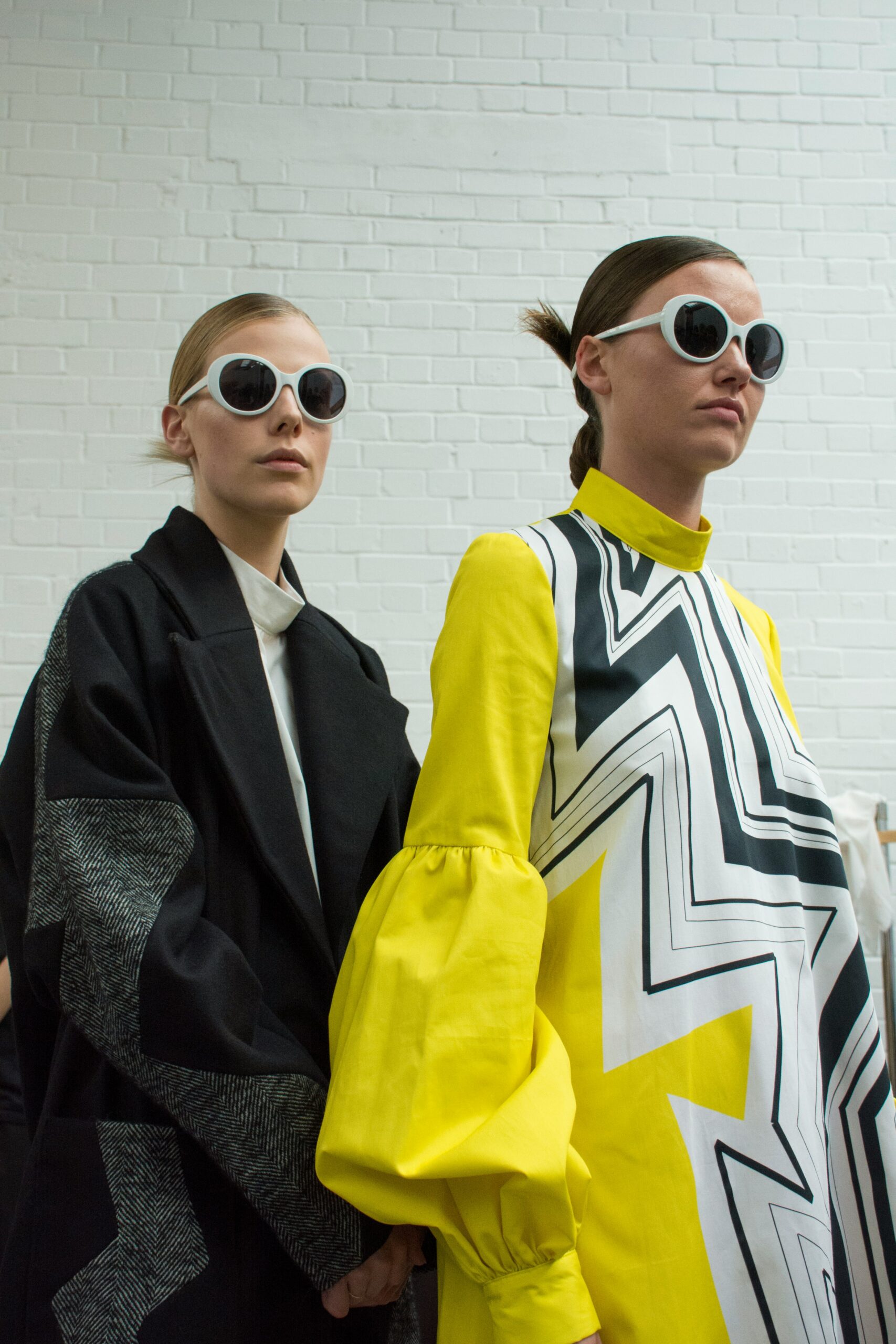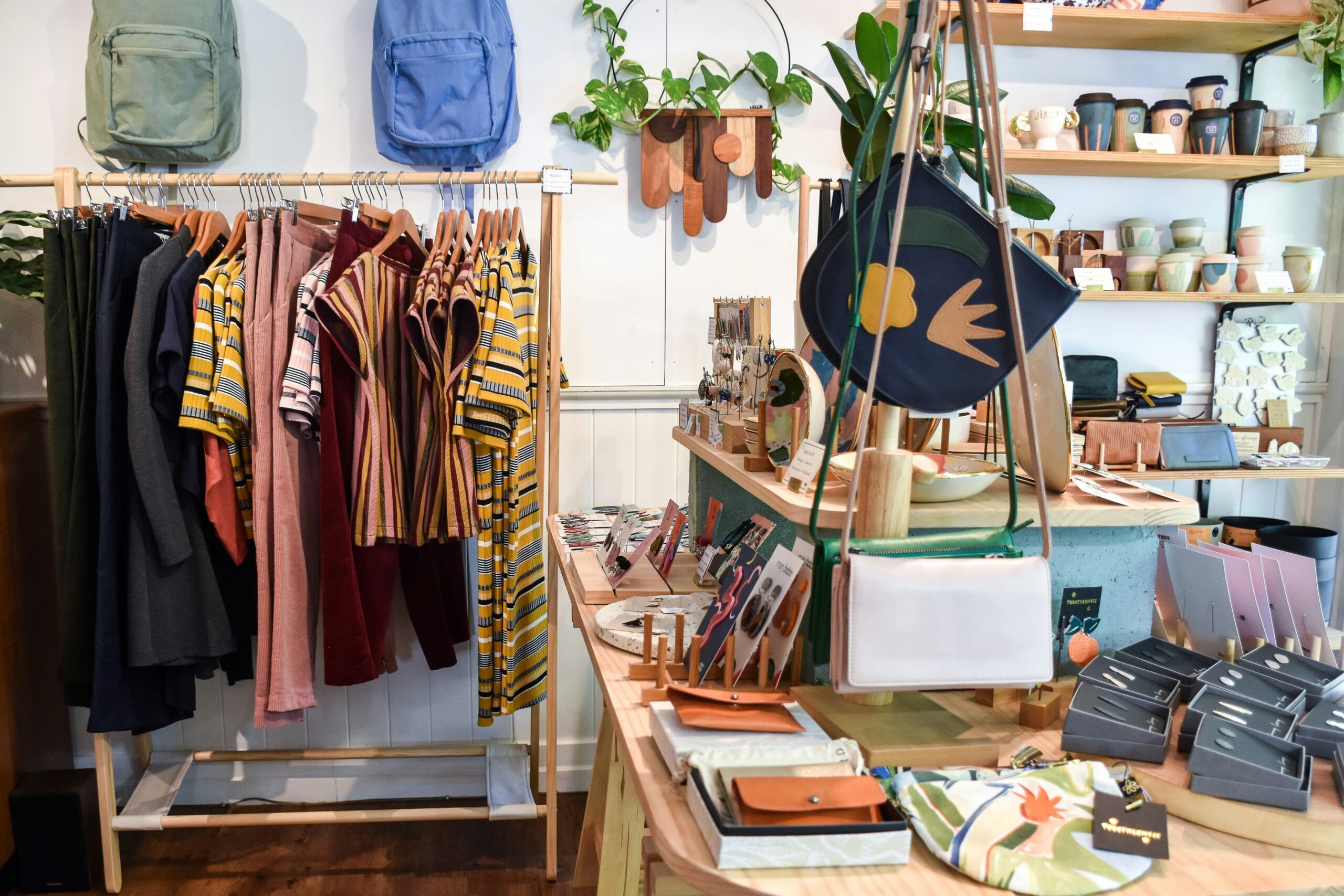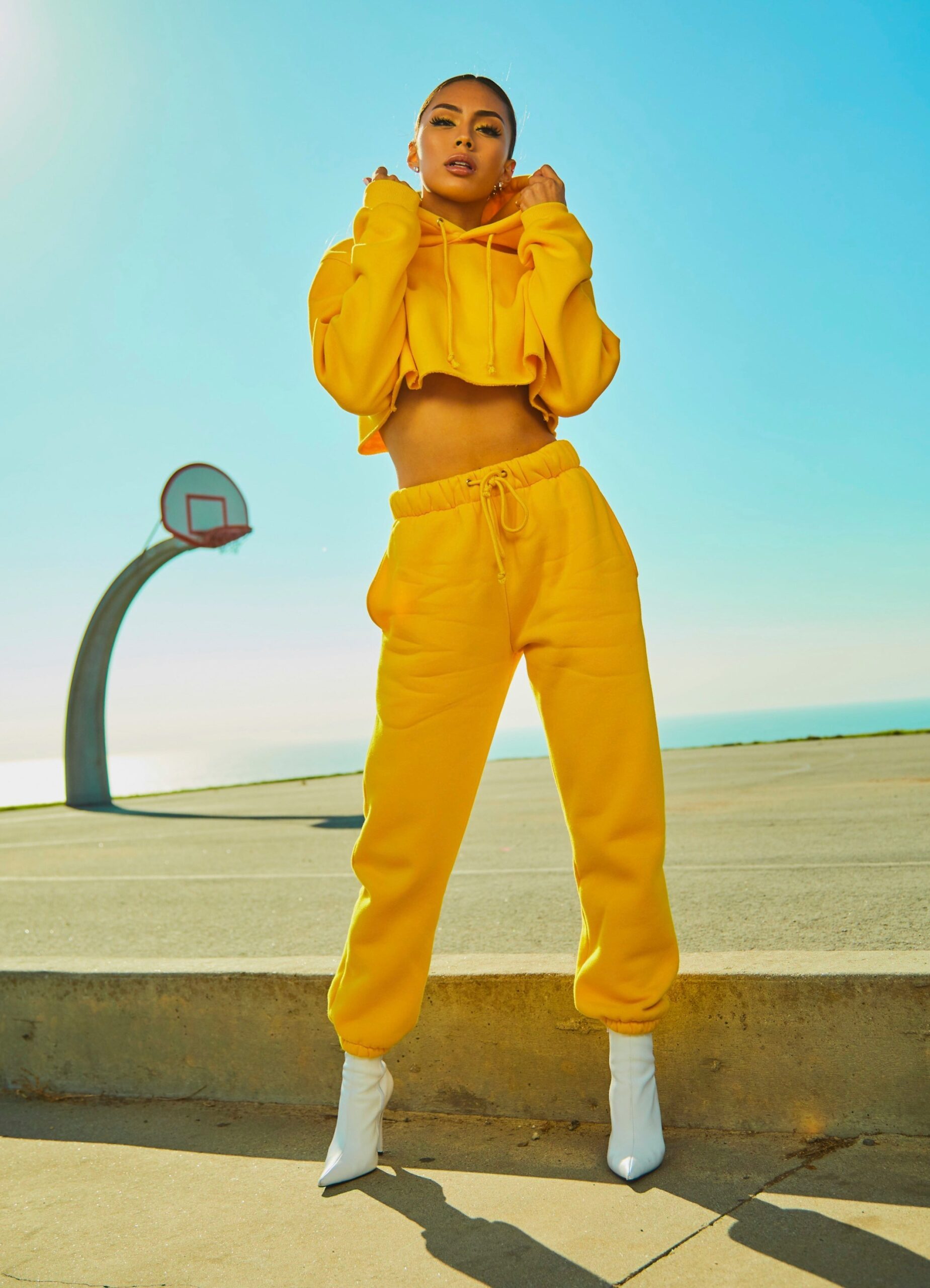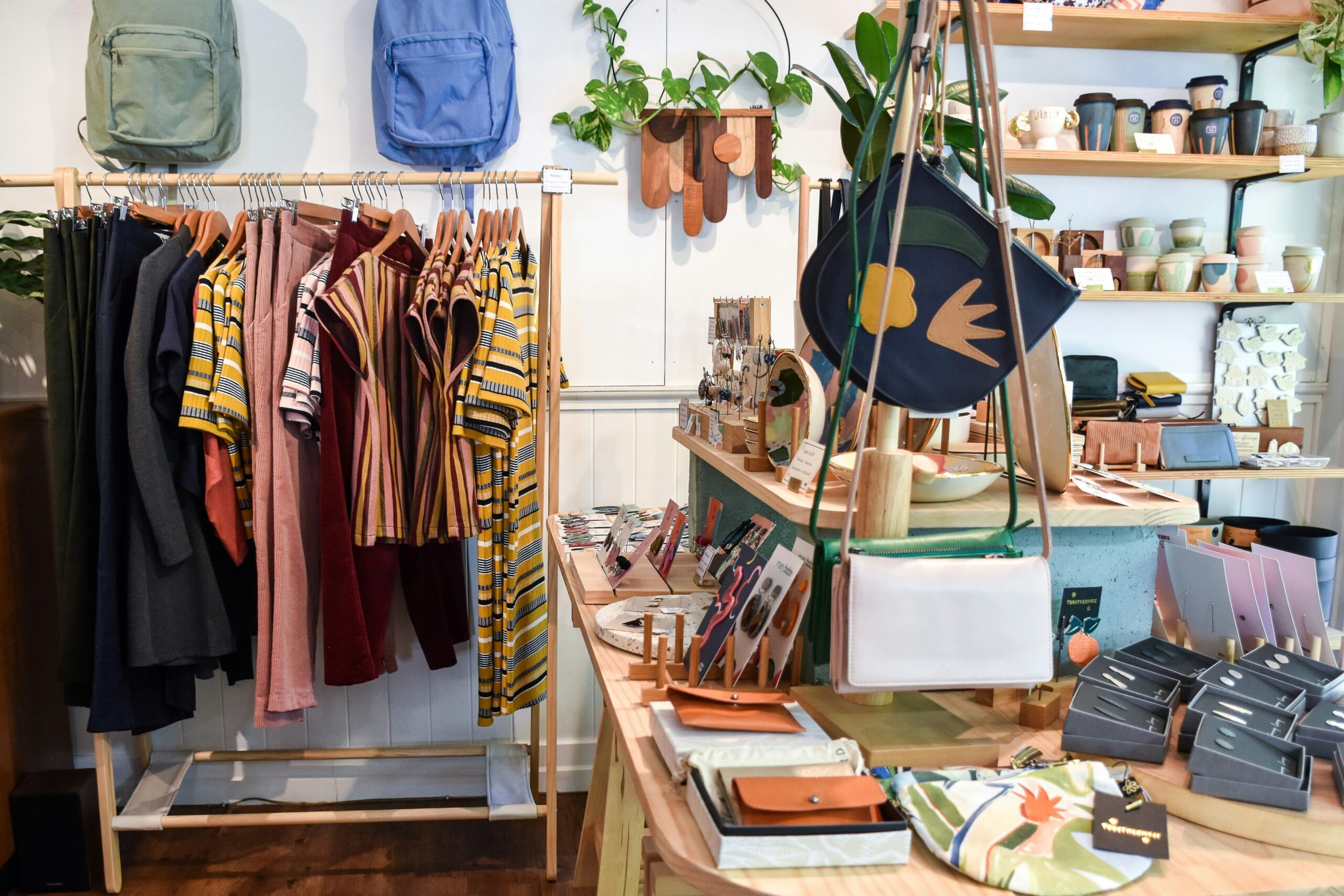In recent years, there has been a growing demand for sustainable fashion, as consumers become more conscious of the environmental impact of the fashion industry. As a result, sustainable fashion marketplaces have emerged as platforms that connect eco-friendly brands with consumers who prioritize ethical and sustainable fashion choices.
To create a successful sustainable fashion marketplace, it is crucial to focus on user interface (UI) and user experience (UX) strategies that align with the values and goals of eco-friendly brands. Here are some key strategies to consider:
1. Clean and Intuitive Design:
The design of the marketplace should be clean, minimalist, and easy to navigate. Users should be able to find the information they need quickly and effortlessly. Avoid cluttered layouts and unnecessary elements that can distract from the core message of sustainability.
2. Clear Brand Messaging:
The marketplace should clearly communicate the values and mission of eco-friendly brands. Use compelling visuals and concise copy to convey the brand’s commitment to sustainability. Highlight the use of organic materials, fair trade practices, and other eco-friendly initiatives to build trust and credibility with consumers.
3. Filtering and Sorting Options:
Provide users with filtering and sorting options to help them find products that align with their specific preferences. Allow users to filter by eco-friendly criteria such as organic materials, recycled fabrics, or cruelty-free production. This will enhance the user experience by enabling customers to easily discover products that meet their sustainability requirements.
4. Product Information and Transparency:
Transparency is key when it comes to sustainable fashion. Provide detailed product information, including the materials used, manufacturing processes, and certifications. Consider incorporating sustainability badges or labels to highlight the eco-friendly aspects of each product. This will help users make informed decisions and reinforce the marketplace’s commitment to transparency.
5. User Reviews and Ratings:
Integrate user reviews and ratings into the marketplace to build trust and credibility. User-generated content can provide valuable insights for potential buyers and help them make informed decisions. Encourage customers to leave reviews and consider implementing a rating system that highlights the most sustainable products.
6. Social and Community Features:
Create a sense of community within the marketplace by incorporating social features. Allow users to follow their favorite eco-friendly brands, share products on social media, and engage in discussions about sustainability. This will not only enhance the user experience but also foster a sense of belonging and connection among like-minded individuals.
7. Mobile Optimization:
Ensure that the marketplace is optimized for mobile devices. With the increasing use of smartphones for online shopping, it is essential to provide a seamless mobile experience. Implement responsive design and consider developing a dedicated mobile app to cater to the growing number of mobile users.
8. Sustainable Packaging and Delivery:
Extend the focus on sustainability beyond the products themselves. Collaborate with eco-friendly packaging and delivery partners to ensure that the entire shopping experience is aligned with sustainable practices. Communicate the use of recycled packaging materials and carbon-neutral delivery options to further enhance the marketplace’s eco-friendly image.
By implementing these UI/UX strategies, sustainable fashion marketplaces can create a user-friendly and engaging platform that resonates with eco-conscious consumers. Remember, the goal is to not only showcase eco-friendly products but also to educate and inspire users to make sustainable fashion choices.
As the demand for sustainable fashion continues to rise, it is essential for brands and marketplaces to prioritize UI/UX strategies that align with the values and goals of the eco-friendly movement. By doing so, they can contribute to the growth of a more sustainable and ethical fashion industry.
Remember, sustainability is not just a trend but a long-term commitment towards a better future for our planet and future generations.
Content Length: 651 words.









Leave a Reply